Testing the pH in soil is important. It helps you know how healthy your soil is. Soil pH affects plant growth. It also affects nutrient availability. This guide will help you understand how to test soil pH. You will learn different methods. Let’s get started!
What is Soil pH?
Soil pH measures how acidic or basic your soil is. It is a scale from 0 to 14. A pH of 7 is neutral. Below 7 is acidic. Above 7 is basic or alkaline. Most plants like soil with a pH around 6 to 7.5.
Why Test Soil pH?
Testing soil pH is important for many reasons:
- Helps plants grow better.
- Shows nutrient availability.
- Prevents soil problems.
- Improves soil health.
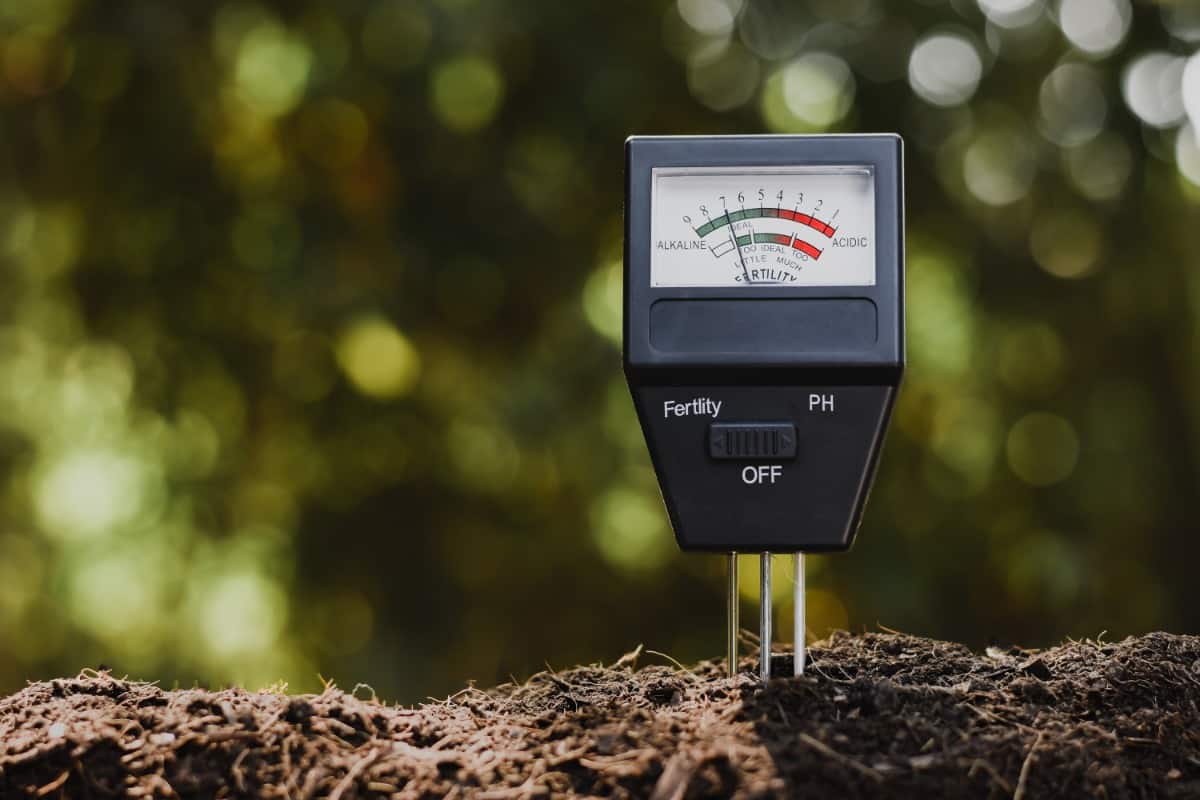
Credit: www.summitturfservices.com
When Should You Test Soil pH?
It is good to test soil pH at different times:
- Before planting new plants.
- After adding fertilizers.
- Every few years to check soil health.
How to Test Soil pH?
There are several ways to test soil pH. You can use kits, meters, or simple household items. Here are some common methods:
1. Using A Soil Ph Test Kit
A soil pH test kit is easy to use. You can buy one at a garden store. Here’s how to use it:
- Gather soil samples from different spots.
- Remove any debris like leaves or stones.
- Follow the kit instructions.
- Mix soil with water as directed.
- Add test solution to the soil mixture.
- Wait for color change.
- Compare color with the pH chart provided.
2. Using A Digital Ph Meter
A digital pH meter is another option. It gives fast results. Here’s how to use it:
- Collect soil samples as before.
- Moisten the soil with distilled water.
- Insert the probe into the soil.
- Wait for the reading to stabilize.
- Read the pH value on the display.
3. Using Vinegar And Baking Soda
You can also test soil pH at home. This method uses vinegar and baking soda. Here’s how:
- Take a small amount of soil.
- Divide it into two containers.
- Add vinegar to the first sample.
- If it fizzes, soil is alkaline (above 7).
- Add baking soda to the second sample.
- If it fizzes, soil is acidic (below 7).
- If there is no fizz, soil is neutral (around 7).
Interpreting Your Results
Once you have your pH reading, you need to understand it. Here is a simple chart:
| pH Level | Soil Type | Plant Growth |
|---|---|---|
| 0 – 6.0 | Acidic | Some plants thrive. |
| 6.0 – 7.0 | Neutral | Most plants grow well. |
| 7.0 – 8.0 | Alkaline | Some plants may struggle. |
| Above 8.0 | Highly Alkaline | Many plants will not grow. |
What to Do After Testing?
After knowing your soil pH, you may want to change it. Here are some ways to adjust soil pH:
To Raise Soil Ph (make It More Alkaline)
- Add lime (calcium carbonate).
- Use wood ash.
- Spread crushed oyster shells.
To Lower Soil Ph (make It More Acidic)
- Add sulfur.
- Use peat moss.
- Add pine needles or coffee grounds.
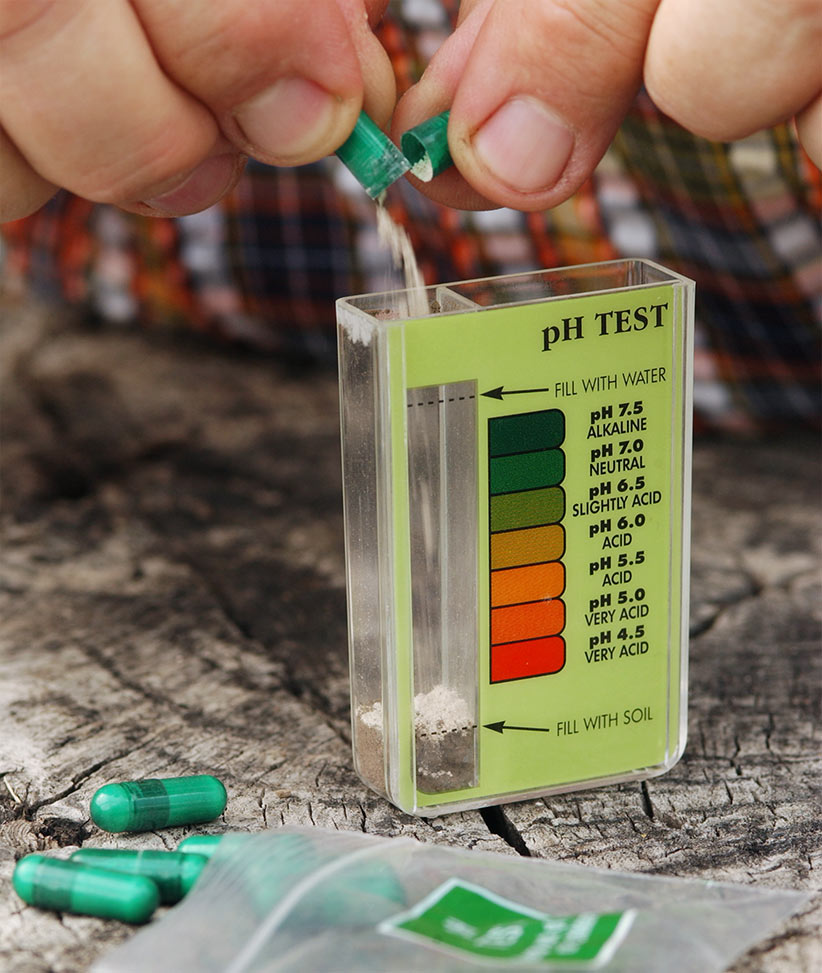
Credit: www.gardengatemagazine.com
Tips for Accurate Testing
Here are some tips to get accurate results:
- Test soil when it is dry.
- Mix soil samples well.
- Follow kit or meter instructions carefully.
- Take multiple samples for better accuracy.
Conclusion
Testing soil pH is simple and important. Healthy soil leads to healthy plants. You can test soil pH using kits, meters, or household items. Once you know the pH, you can improve your soil. Good soil makes for happy plants!
Now you are ready to test your soil. Go out there and grow some beautiful plants!





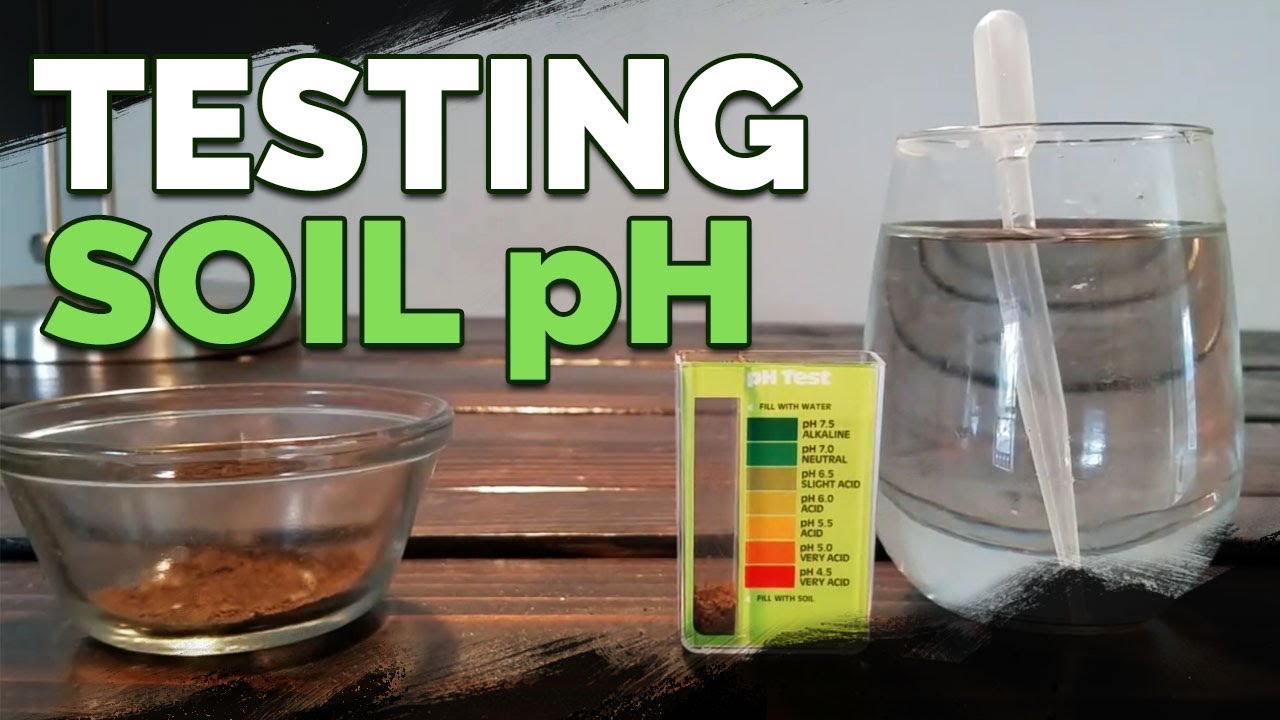
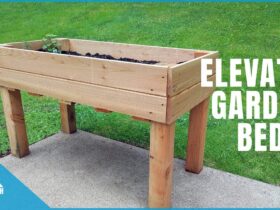


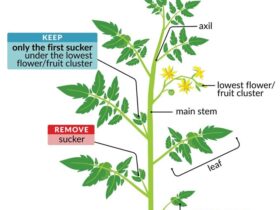
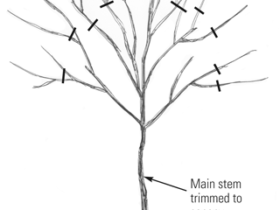



Leave a Review